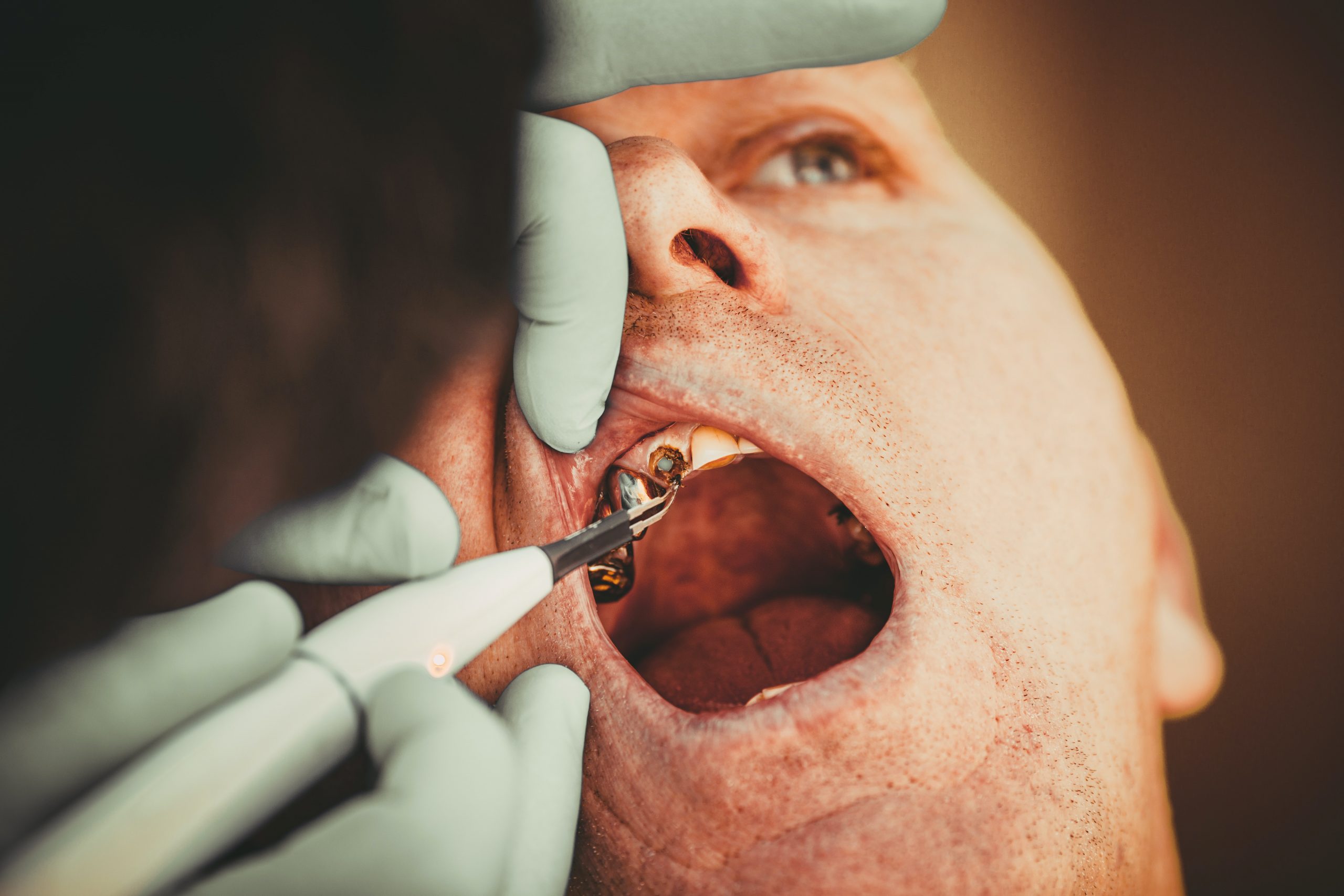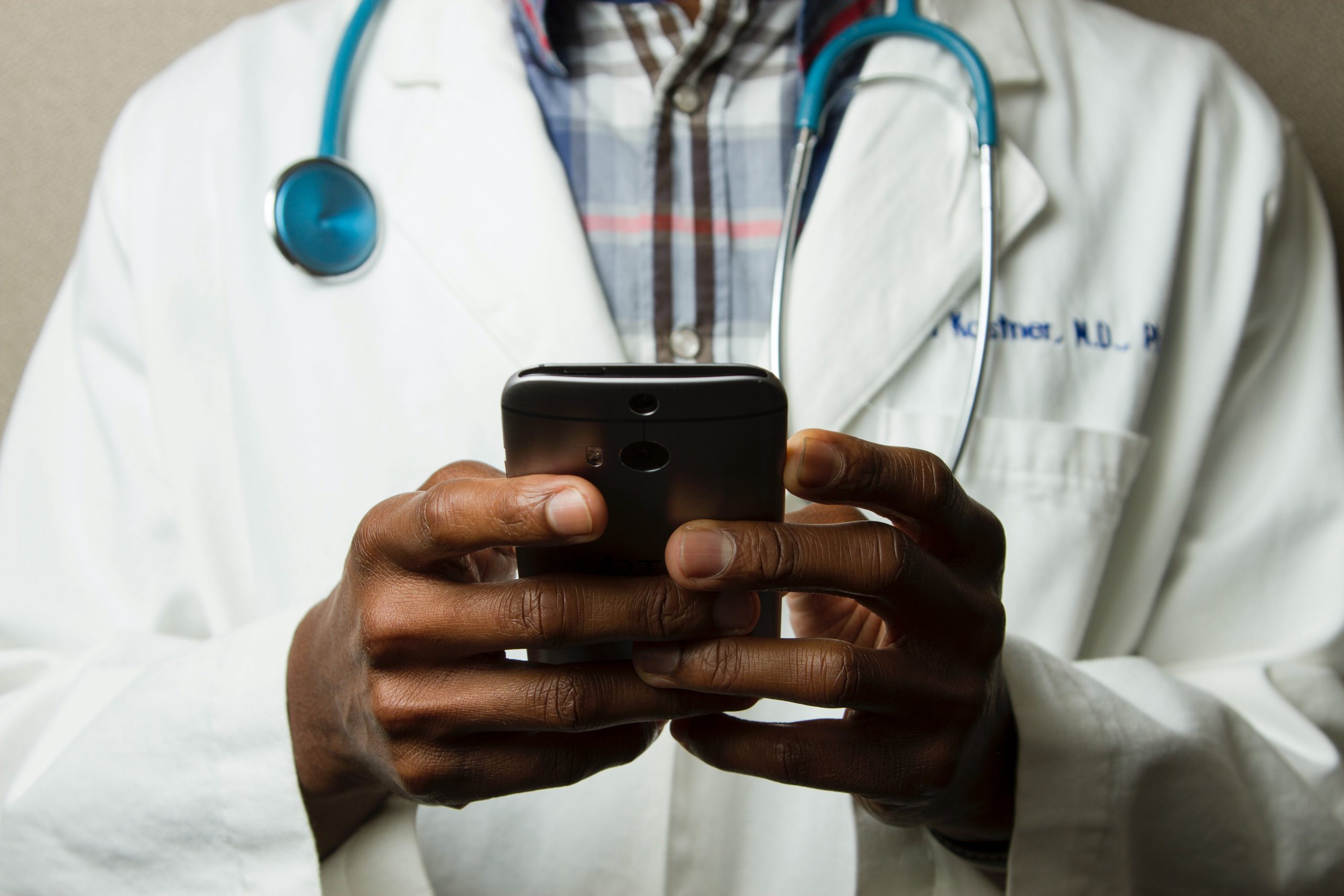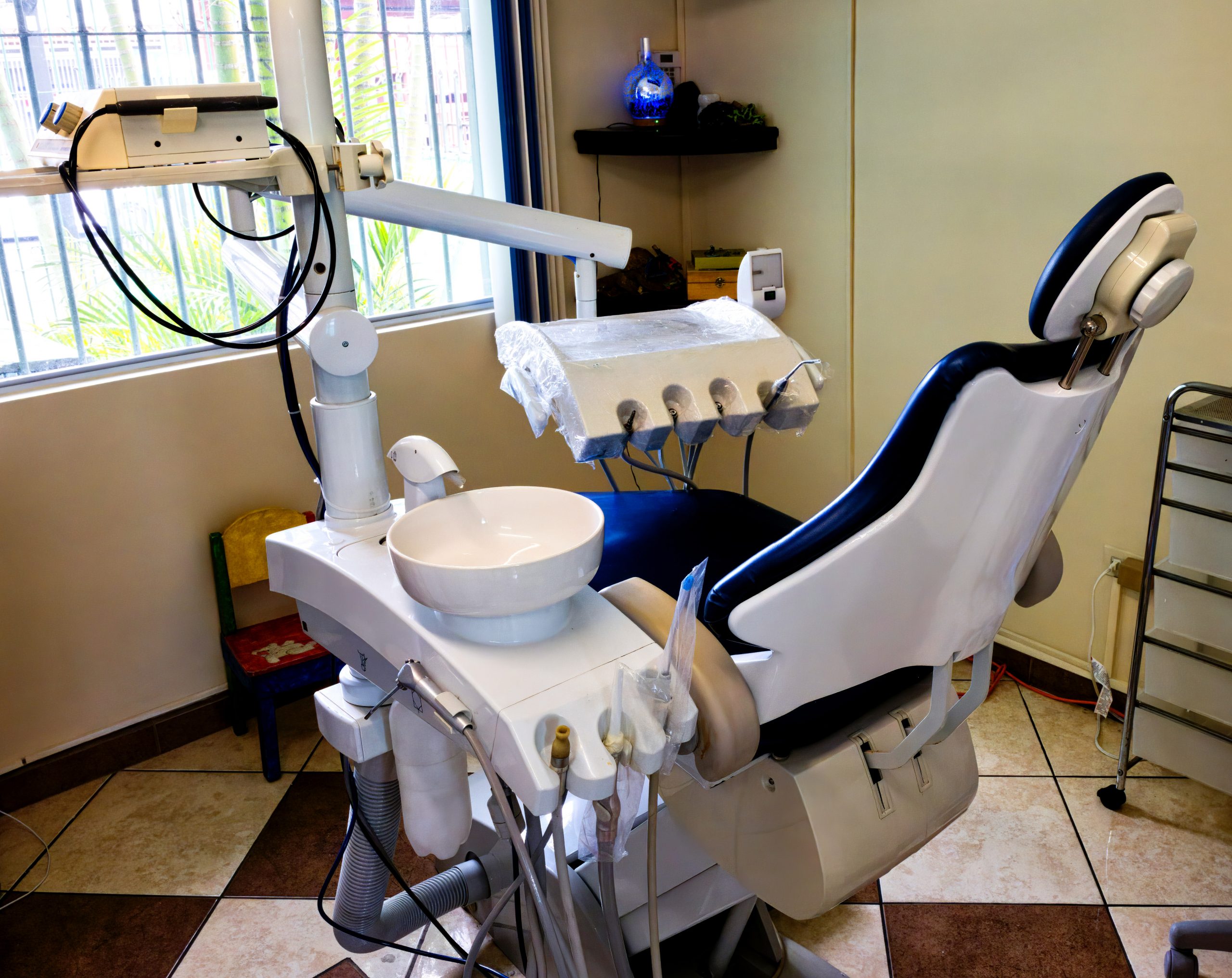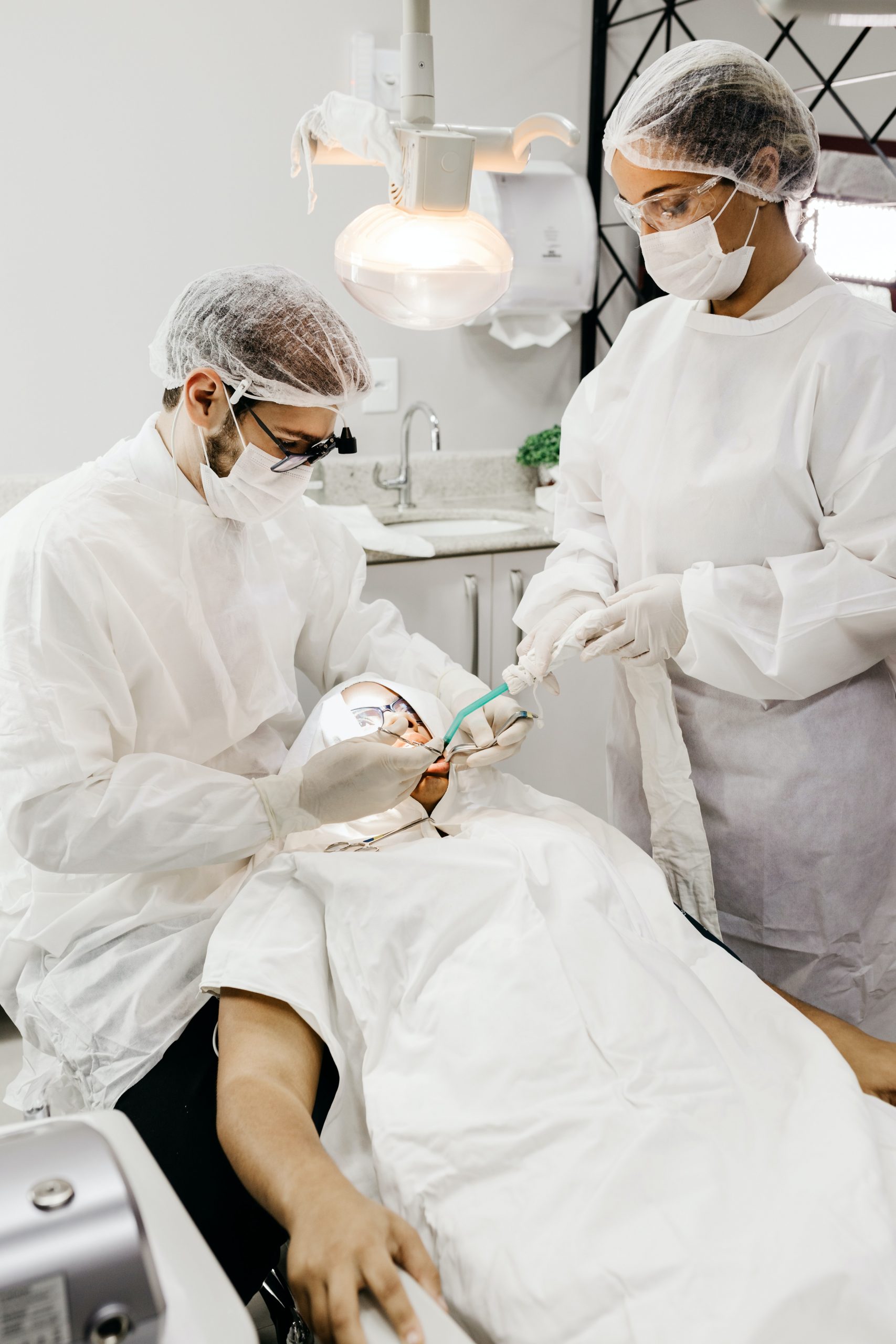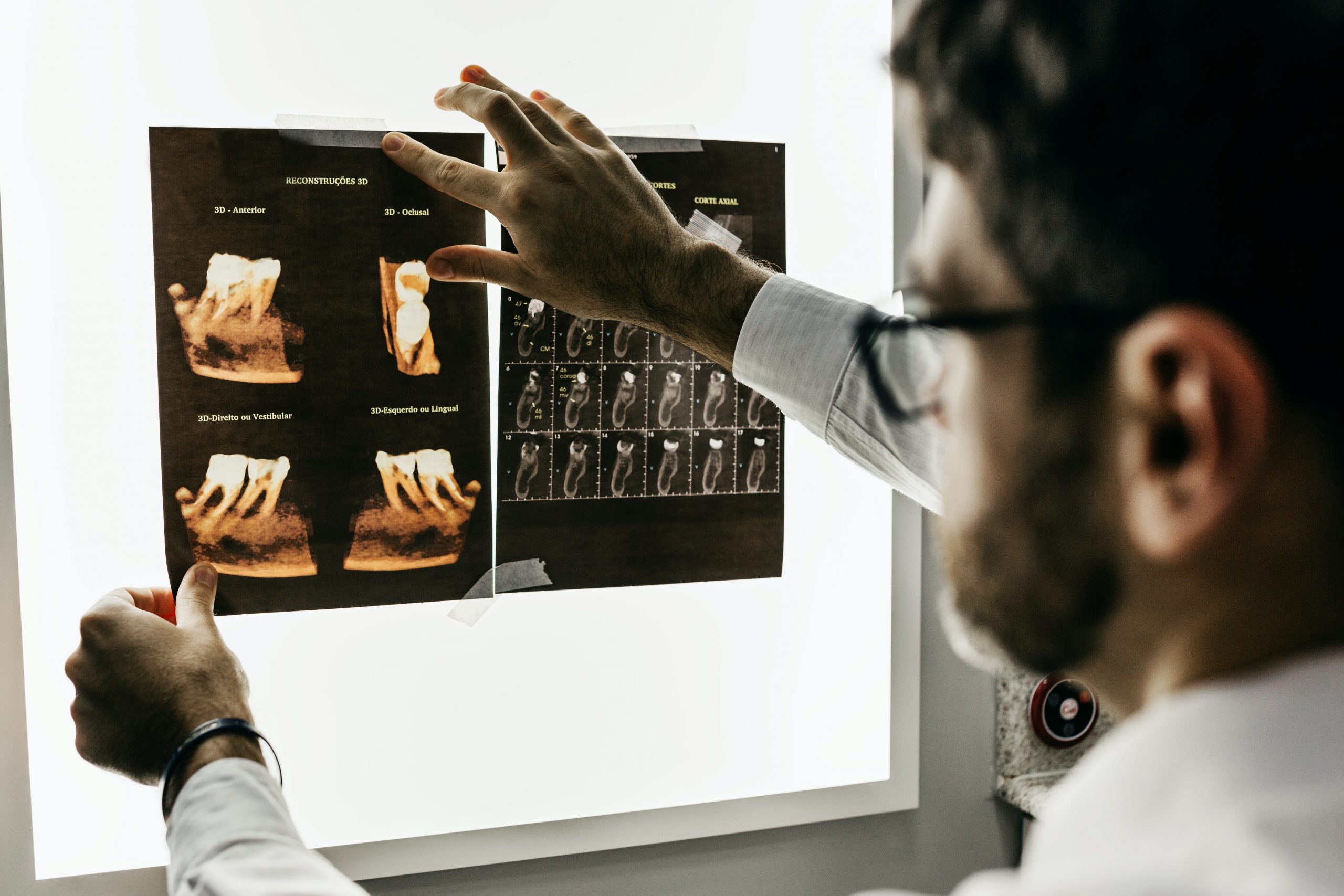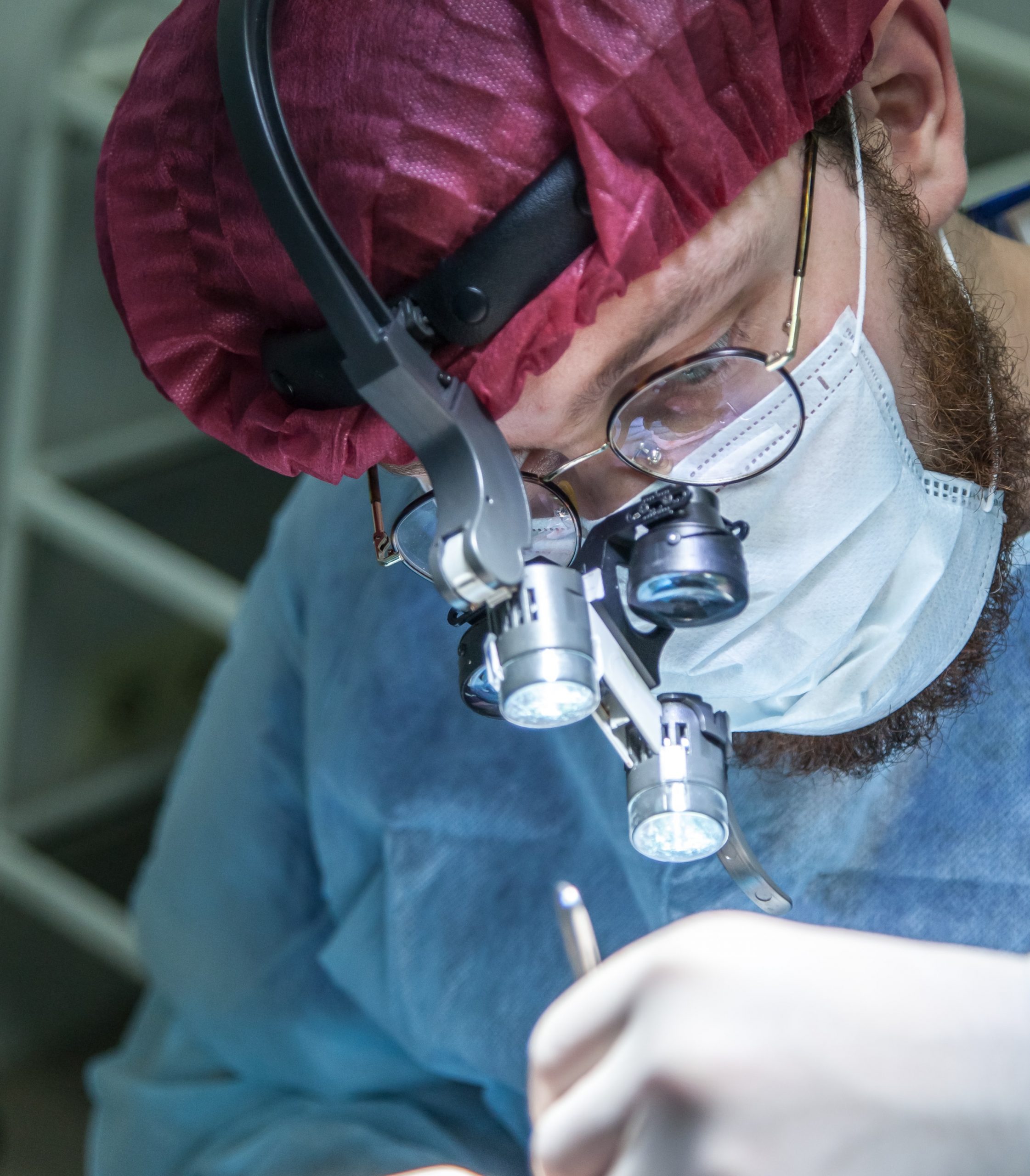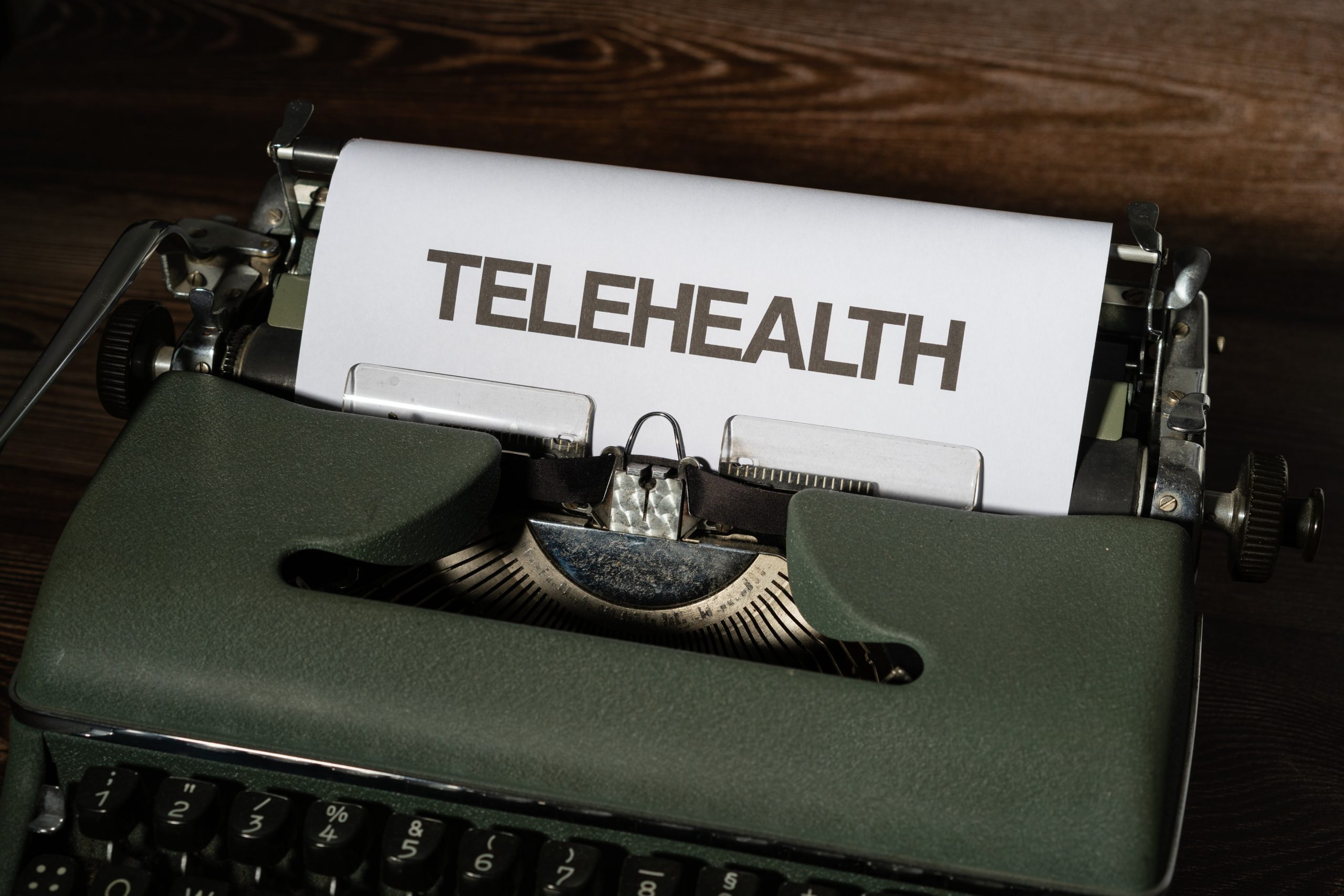
Effect of Teledentistry and Outcome for Dental Professionals
Teledentistry is a rapidly growing field that allows dental professionals to provide care remotely using digital technology. Effect of teledentistry has become increasingly popular due to its potential to improve access to care, especially in underserved areas, and during public health emergencies such as the COVID-19 pandemic.
Improved Patient Engagement and Access to Care
Teledentistry has revolutionized the way dental professionals interact with their patients. With virtual consultations and remote monitoring, dental professionals can reach more patients, regardless of their geographical location, socioeconomic status, or physical disabilities. By eliminating the need for in-person visits, effect of teledentistry is to provide a convenient, safe, and cost-effective solution for patients who may have difficulty accessing traditional dental services. This increased access to care has resulted in improved patient engagement and satisfaction, leading to better oral health outcomes.
Efficiency and Cost Savings
Teledentistry has also proven to be an efficient and cost-effective solution for dental professionals. By using remote consultations and virtual visits, dental professionals can reduce the time and cost associated with traditional in-person visits. This has enabled dental professionals to see more patients in less time, improve their workflow, and increase their revenue streams. Additionally, teledentistry has reduced overhead costs associated with maintaining physical facilities, staffing, and supplies, resulting in significant cost savings for dental practices.
Challenges and Limitations
Despite the many benefits of teledentistry, it is not without its challenges and limitations. One of the primary limitations is the lack of access to advanced imaging and diagnostic tools. While teledentistry can provide a useful platform for routine consultations and follow-up visits, it cannot replace the need for in-person visits for complex procedures or imaging studies. Additionally, teledentistry may not be suitable for all patients, particularly those with complex medical conditions, severe oral diseases, or those who require urgent or emergency care.
Conclusion
In conclusion, teledentistry has significantly impacted dental professionals and their practice. With improved patient engagement and access to care, increased efficiency and cost savings, and the potential to reach underserved populations, teledentistry has become an essential tool in modern dental practice. While there are challenges and limitations, the benefits of teledentistry outweigh the drawbacks, and it is likely to continue to grow in importance in the coming years.




